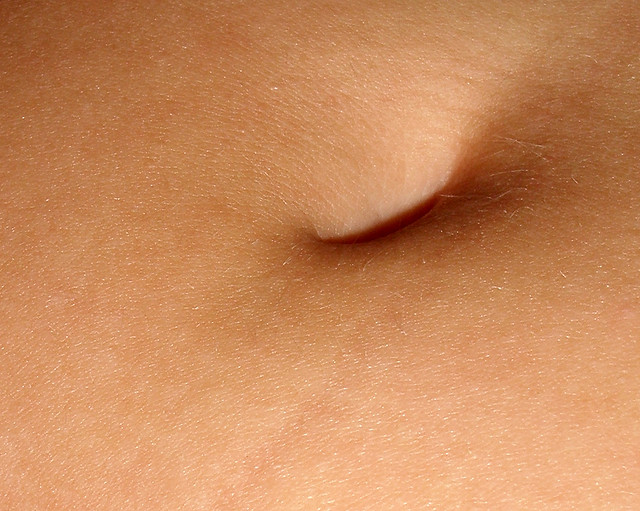Belly Button Biodiversity finds no two navels are quite the same
Ars Technica » Scientific Method 2012-11-09
A new citizen science project has provided a unique glimpse into the biodiversity present on the human body through a bit of navel gazing. Or, rather, a bit of navel sequencing. The project got a set of volunteers to run a cotton swab through their belly buttons, and then looked at all the bacterial species growing there. The results suggest that the belly button is a diverse environment, and the communities living there respond to the habits of their host. Notably, a few species that were discovered for the first time on human skin were found in an individual who hadn't bathed in a few years.
The results are the product of the Belly Button Biodiversity project, which has two goals. One is scientific, in that it's trying to sample the biodiversity of a unique habitat on the human skin. The human body houses more bacterial cells than it has human cells, and we've only recently developed the technology to get a more complete picture of the organisms living there. Given that the ecosystems in places like the skin and gut influence human health, a better understanding seems long overdue.
But the project is also an example of what's been termed citizen science, where the public itself participates in producing scientific results. In this case, the public got to swab itself, see what grew out of the cultures, and continued to be informed of further results as the work progressed. For the data in the new paper, they obtained samples from groups already interested in science: people who visited a science museum during Darwin Day festivities, and science communicators who attended the ScienceOnline meeting last year. (I was one of the attendees; although I did not have my navel sampled, I know several people who did.) The engagement with the public didn't end there: "Citizens participated in this study not only in sampling but also in hypothesis generation (via twitter and online comments) and data visualization and were provided with images of bacterial cultures of their samples."
Read 6 remaining paragraphs | Comments
